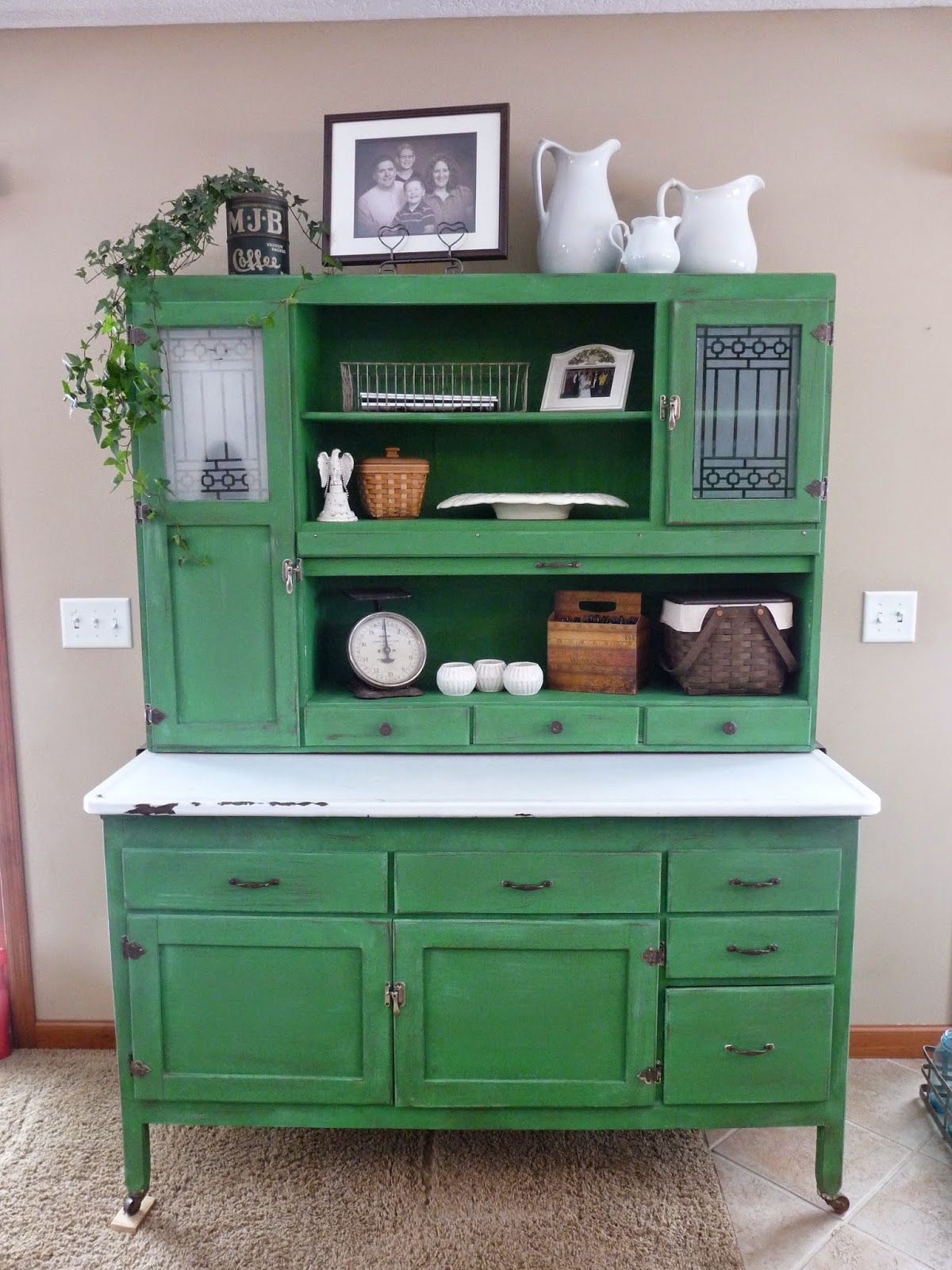Furniture is an essential aspect of our daily lives, serving both functional and aesthetic purposes. One piece of furniture that has stood the test of time and continues to be revered for its versatility and innovative design is the Hoosier Cabinet. Originating in the early 20th century, this unique piece of furniture revolutionized kitchen organization and efficiency. In this essay, we will explore the history, features, and significance of the Hoosier Cabinet, highlighting why it is a must-know piece of furniture.
History
The Hoosier Cabinet, also known as a Hoosier cupboard or Hoosier kitchen cabinet, was first introduced in the early 1900s. It takes its name from its place of origin, Indiana, which is commonly referred to as the “Hoosier State.” Initially, the cabinet was designed as a response to the growing need for efficient kitchen storage and workspace in American households.
Before the advent of the Hoosier Cabinet, kitchens were often cluttered and lacked proper organization and storage solutions. This led to an inefficient use of space and made meal preparation and cooking a cumbersome task. The Hoosier Cabinet aimed to address these issues by providing a compact and multifunctional piece of furniture that could house various kitchen essentials in one place.
Features
The Hoosier Cabinet is characterized by its distinctive features, which set it apart from other kitchen furniture of its time. One of its key features is the inclusion of a built-in flour sifter and sugar bin. These compartments were strategically placed at waist height, making them easily accessible and eliminating the need to search through multiple containers for these commonly used ingredients.
Furthermore, the Hoosier Cabinet typically includes a pull-out enamel or porcelain workspace. This additional countertop surface provided ample space for kneading dough, rolling out pastry, or preparing other culinary tasks. The workspace was also equipped with a cutting board and often featured a built-in knife storage rack, further enhancing its functionality.
Another notable feature of the Hoosier Cabinet is its extensive storage capacity. The cabinet typically includes numerous shelves, drawers, and cubbies, all designed to accommodate a wide range of kitchen utensils, cookware, and food items. The storage compartments were intelligently designed and labeled, allowing users to easily locate and access their desired items.
Significance
The Hoosier Cabinet holds significant historical and cultural value, representing a pivotal moment in American kitchen design and domesticity. Its introduction revolutionized the way kitchens were organized, enabling households to maximize their efficiency and productivity. The compactness and functionality of the cabinet were especially appreciated in small or modestly sized kitchens, where space optimization was crucial.
Moreover, the Hoosier Cabinet reflected the changing roles and expectations of women in American society during the early 20th century. As more women began to enter the workforce, the time spent on household chores and cooking needed to be minimized. The Hoosier Cabinet provided a solution, streamlining the kitchen workflow and allowing women to complete their culinary tasks more quickly and efficiently.
Today, the Hoosier Cabinet has become a sought-after antique, admired for its historical significance and craftsmanship. Many collectors and enthusiasts appreciate its unique design and practicality, making it a valuable addition to any vintage or period-inspired kitchen.
Conclusion
The Hoosier Cabinet remains a must-know piece of furniture due to its historical significance, innovative design, and lasting impact on kitchen organization. Its introduction during the early 20th century revolutionized the way kitchens were structured and operated, providing a practical and efficient solution to the storage and workspace challenges faced by households of that time. The Hoosier Cabinet’s features, such as built-in sifters, pull-out workspaces, and extensive storage capacity, continue to inspire and influence modern kitchen designs. Furthermore, the cabinet’s representation of changing societal norms and the evolving role of women adds to its cultural and historical importance. In conclusion, the Hoosier Cabinet is a timeless piece of furniture that deserves recognition and admiration for its contribution to the world of design and domesticity.

